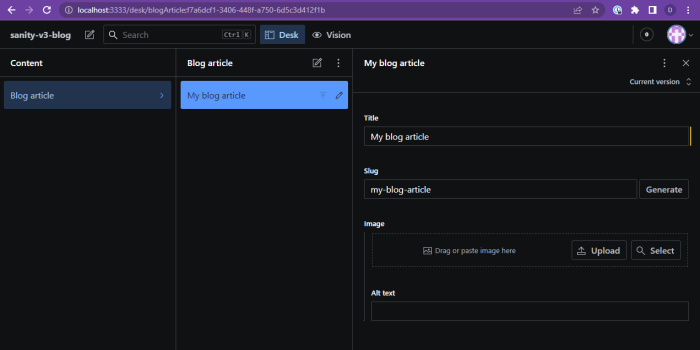
Render more breakpoints with Adaptive Images
Adaptive Images only renders three different image sizes for responsive images by default, but you can easily roll your own HTML. Here is an example of how an image can be rendered in multiple size... 0 comments








